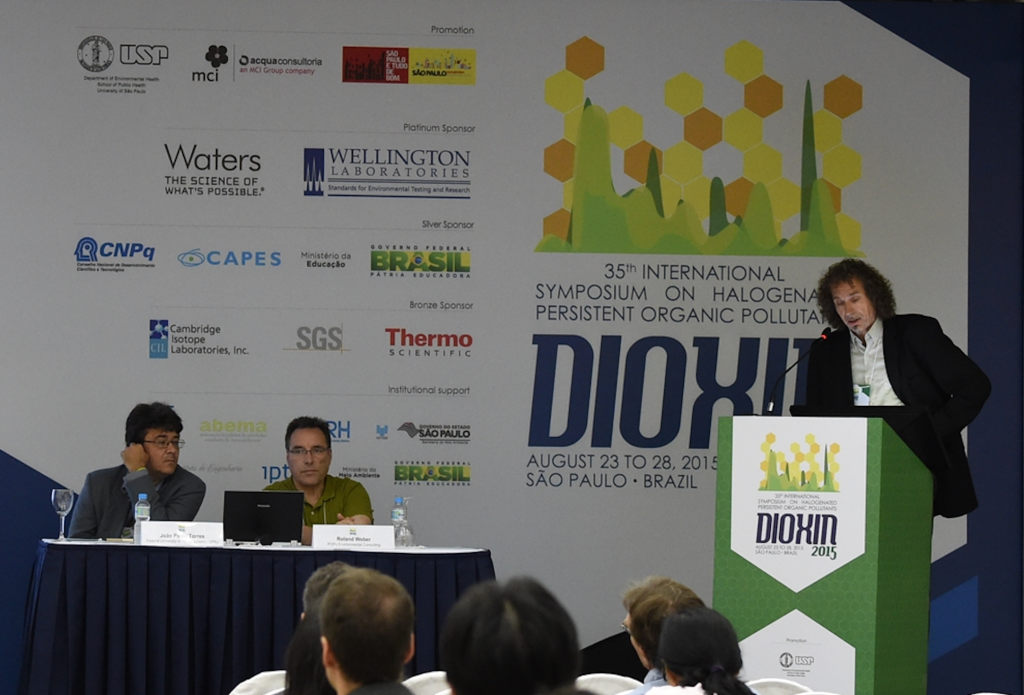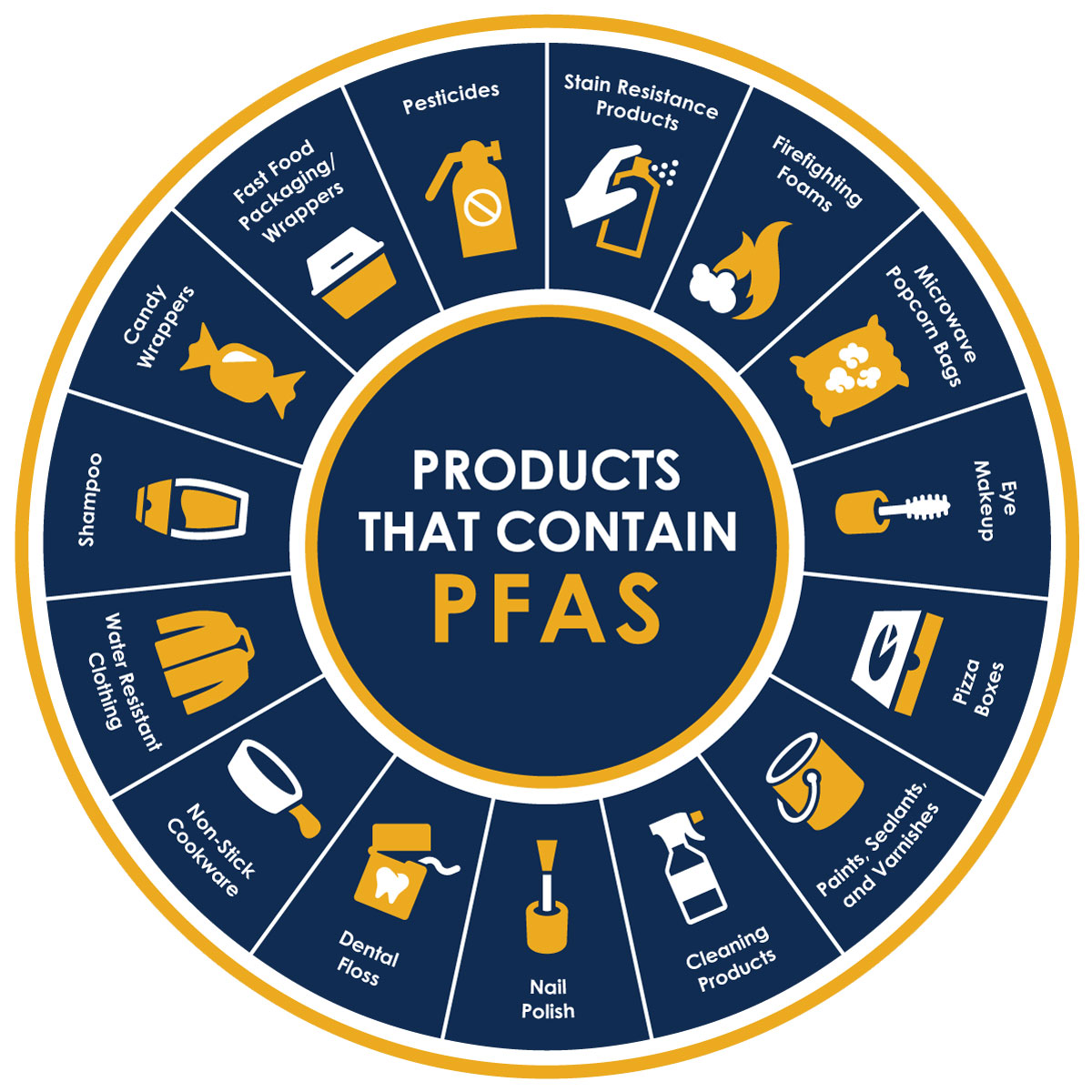Abel Arkenbout (ToxiWatch) "The most monderous incinerators also emit dioxins, as we have demonstrated in the Netherlands"
- Are state-of-the-art incinerators safe or at any risk to the food chain, the environment and human beings? Are dioxin emissions actually controlled or not? On 13 April the toxicologist Abel Arkenbout will explain to the public how the authorities have discovered the unconfessed occult discharges of dioxins at the Harlingen incinerator in the Dutch region of Frisia.

Please present to our readers who are Abel Arkenbout and Kirsten Bouman and what is the ToxiWatch Foundation.
ToxiWatch is a non-governmental organisation that investigates the effects of pollutants on the environment, animals and people. Based on the science of toxicological research, we collaborate with other specialists, scientific researchers and NGOs.
I, Abel Arkenbout, studied toxicology at the University of Utrecht. In the 1970s, I've written a number of articles about PCB Biphenol Polychlorinated. I have participated in several committees negotiating with the director of the incinerator Omrin, the government and the Dutch National Health Service all parts of the incinerator.
Kirsten Bouman has been working on research and management for ToxiWatch since 2015. Its specialty is biology and education in the field of biodiversity of invertebrates at the University of Leiden. Since 2001 he has lectured on the dendrology of different natural spaces, especially the evolution of trees, and on biodiversity.
Vivís in Harlingen, Friesland (Netherlands). Do you briefly introduce us to your municipality and its surroundings?
Harling is a very nice place in the northern part of Herbehe, in the province of Frisia, on the shores of the Wadden Sea, declared a UNESCO World Heritage Site. Harlingen has an old port where there are fishing boats, charter boats and ferries to go to the islands. Frisia is mainly linked to agriculture and is known for its many lakes dedicated to aquatic sport.
The Harlingen incinerator started operating in 2011, but you had ToxiWatch organized for 2008.
I was born on a wonderful green island, near Rotterdam, which took over it for the expanding industry. When I wanted to sell our parents' land, the soil samples explained that they had dioxins and PCBs. Not forgetting that the government forced me to pay for the cleaning of the soil, the big question I was asked was how those substances came into a vegetable garden that, in our opinion, was healthy. I realized that we had to do something grounded, and we created ToxiWatch along with others who thought like me.

The Omrin incinerator was launched in 2011, with the capacity to burn 230,000 tonnes per year, a “state-of-the-art” incinerator. Had it been easily admitted by people?
No, absolutely. From the beginning, the citizens made him an incredible resistance, with blockades with tractors, putting on the walls of most houses flags that say “No to the incinerator”. A political party was also set up with this sole objective: “There is no incinerator.” This group reached the municipal plenary, but the other political parties were uninterruptedly opposed. It was then that they decided to call the ToxiWatch Foundation to conduct a dioxin investigation in the vicinity of the incinerator.
A year after the incinerator was set up, they showed that the authorities emitted much more toxins than officially declared. What was it like?
In 2013, we found excessive concentrations of dioxins in small chickens’ eggs near Harling with the new CALUX biotechnology. Subsequently, the counter-investigation carried out by the government confirmed our discoveries. Consequently, several studies were conducted to identify the sources of dioxins. One of the most important was the long-term sampling of gases in fireplaces with the technique AMESA.Esto demonstrated that the incinerator is an important source of dioxins, especially at times of reactivation after its shutdown, exceeding in a few hours the normal 6-year emissions in the dioxin emission.
.jpg)
How did people react by showing that the eggs of the chickens around the incinerator contain dioxins?
It made a huge impact. Not only in Harlingen, the news also appeared in the Dutch national television programmes. Those who have chickens delivered their eggs to their relatives or sold supposedly organic eggs to their neighbors, or at fairs, to coffee shops or local restaurants.
When the dioxins from the eggs appeared in the news, some became desolate by warning that they were poisoning their grandchildren. Neighbors don't want to eat more of them. Some owners of chickens regretted having participated in the investigation and others rushed to remove the chickens. But the goal of my research was never that.
.JPG)
Subsequently, the authorities and those responsible for the Omrin incinerator approved the sampling of dioxins using the AMESA technique…
Omrin agreed to carry out continuous sampling because they believed that this would demonstrate that the incinerator complied with all standards. The figures shown by AMESA in the first two months were excellent, but in the third, the measurements showed a different reality. Excessive dioxin emissions were caused by a chain of accidents occurring within a few hours, which could be equated with normal emissions of 6 years. However, this large number is also below, for the simple reason that the sampling tool was shut down most of the time during the accident, as explained by ToxiWatch in the document “Hidden Emissions”.
Why has Omrin stopped continuous AMESA sampling? Can the authorities not force such control, which seems much more realistic?
Measurements show that, in reality, incineration is practised far from ideal conditions, mistaken operation is common. We have shown that it is not realistic to carry out measurements of 6 or 12 hours a year, as required by the regulations. Furthermore, whenever the incinerator is set in motion, excessive dioxin emissions are produced. AMESA measurements were suspended in 2017, once very high emissions were again produced. People and government also want those measurements to be followed, but the incinerator refuses to do so.
The doctors of the OEIT-GEIS and the anti-incineration movement say that what you have shown in Harlingen is the same in Euskal Herria. Do you think that this problem is widespread throughout Europe?
I think the same thing is happening in Harlingen around the world. We have been able to look inside the incinerator’s “kitchen” and this possibility has been very rarely. So today we know that even with the Best Available Techniques, it is very difficult to properly incinerate waste without producing persistent toxic substances such as dioxins.
To put it plainly, we do not know how effective an incinerator is when it is at 1,100 degrees in the post-combustion area. Based on the results of the ‘state-of-the-art’ incinerator at Harlingen, it is very important to ask whether this type of facility has the capacity to remove unwanted POPs Persistent Organic Pollutants and to do so is required by the Stockholm Treaty: to minimise very toxic substances [extreme toxic suppositions].

The ToxiWatch Foundation is part of the International Network for the Elimination of IPS POP. In his presentation he says: “The production and use of toxic chemicals is increasing worldwide (...). And most countries still do not have enough laws and coercion mechanisms to protect people from their emissions.” Neither in the Netherlands nor in Europe?
Government rules do not always have the power to limit or restrict dangerous substances in order to compel industry. In fact, laws are not complied with or industry lawyers find variants. Examples of this are the possibility to rotate post-combustion zone temperatures or dioxin levels at restart times after extinction. The owners of incinerators say that they do not have to apply the rules if the waste is not burned in the combustion process. But in the start-up phase emissions far outweigh those of normal operation. Of course, all dangerous emissions must be taken into account.
As we have been able to understand from the press in Friesland and the Netherlands, the debate in Harlingen is at the moment: that the country has too much capacity to incinerate, that they have to bring foreign waste to burn, it is discussed about jobs and alternatives, about the costs of hardening controls or closing Omrin…
Yes, there is a debate on the incinerator at the moment. Closing the last few weeks has also been mentioned as an option. I believe that incinerators have too many mistakes. Since its start in 2011, Omrin has been shut down on more than 70 occasions and resumed. And that's too much. It shall only be permitted to shut down and resume once a year. The Netherlands is importing rubbish, even though the Omrin people have said they do not. 23 municipalities are involved in the waste plant with financial interests. It is estimated that closure would cost more than EUR 200 million. But what will be their impact on the environment or on people's health if the incinerator is not closed?
On April 13 you will speak at Hernani. What will your message be for people living near incinerators and for everyone in general?
Waste is one of the major problems around the world. Incineration is not the solution. Instead, an alternative path is being developed, the Zero Zabor model. Another big problem is the economic one. Waste management such as incineration generates a lot of money for a small number of people. My recommendation is to work with the government to be able to conduct the most objective investigations possible.
Do follow-up measurements, work with biological markers, perhaps with human blood, and convince the government that the incinerator is a dead end. ToxiWatch studies show that a modern incinerator also generates extremely toxic long-lasting pollutants that it cannot produce. We have to protect this one planet.
Zero Waste Europe-k (ZWE) Espainia, Txekia eta Lituaniako hiru erraustegiri buruz argitaratu duen ikerketa berri batek egiaztatu du instalazio horien inguruetan kutsadura maila handia dagoela, eta hori arriskutsua litzateke ingurumenerako eta gertu bizi diren pertsonen... [+]
Zumarragan 2023 amaierarako eraiki nahi duten plastikoak tratatzeko plantan pirolisia erabiliko da olioa lortzeko (takoil), eta olio hori plastiko berria eta erregaiak egiteko erabiliko da. "Hondakin solidoak errez erregaia sortzen du, eta Europar Batasunaren beraren... [+]
Bergarako Udalaren webgunean irakur daiteke albistea izenburu honekin: 200 langileko kooperatiba batek Bergaratik joatea erabaki du Valogreene-k bertan ezarri nahi duelako hondakinen planta. "Paper-industriaren hondakinen tratamendurako planta Bergaran ezarri aurretik,... [+]























